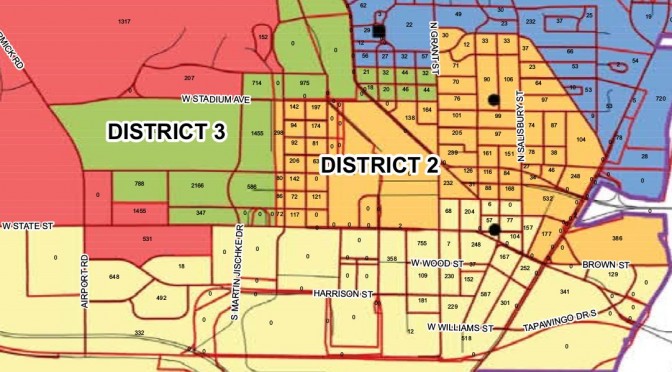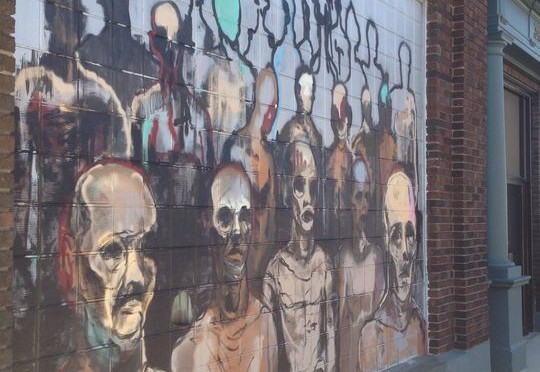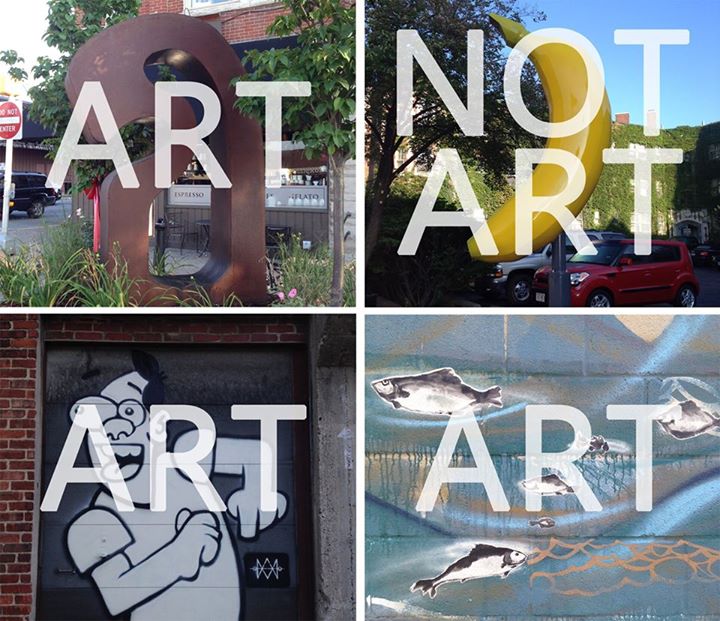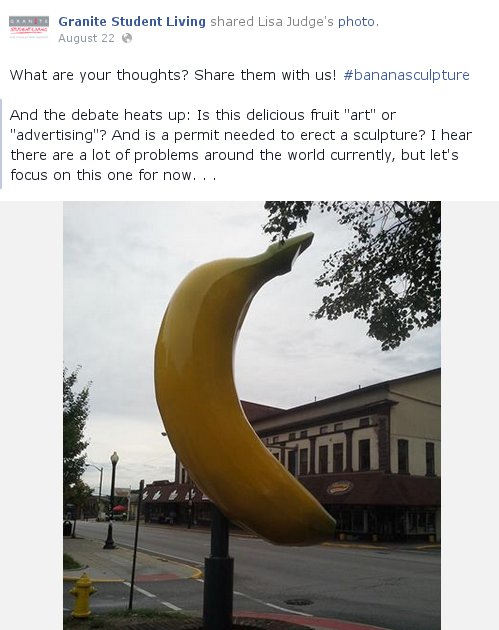There was a recent WBAA news article that talked about the recent redistricting (but failed to link to the map) and the opportunities for a student-only district. According to the article, Purdue student Vice President Caroline McKinney spoke with the City, inquiring about the possibility of allowing a student as a non-voting member of the Council to give a student’s perspective to City issues.
As an aside, I will remind everyone that City Council meetings (among many others) are public meetings, providing a multitude of opportunities for engagement on an official and unofficial level. No need to get a non-voting seat to participate. In fact, I would argue, as citizens, we yield more power in certain contexts than elected officials. We will explore this further in our TEDxLafayette talk.
With all of this interest and change in the City over recent months, I am still unsure how the new district map will play out in the election cycles to come. The first test being the 2015 municipal elections.
If you look at the redistricting map as of 2014-10-06, you can see a decent amount of student population in Districts 1, 2, 3, 6. There are a lot of opportunities for students to live in District 4, and even less in in District 5. A precise number has not been calculated (I haven’t had the time), and I did ask the Council if they would provide such a spread. Nothing has been provided yet.
If the students get their act together, they could easily gain a majority of seats with Districts 1, 2, 3, 6 and the three at-large seats available on the Council. They only need 5 seats to be in the majority.
This next election cycle is going to be fascinating. 😉
UPDATE: How can we get community members involved in Purdue Student Government?




